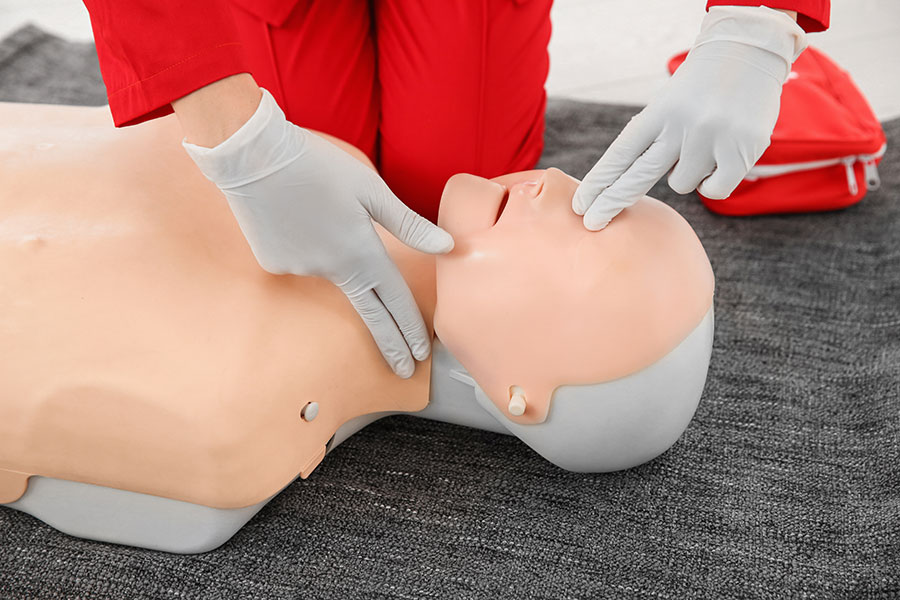
BLS Training and Classes? (What You Will Learn)
Sign Up A BLS Classes At Illinois Safety
A BLS class can teach you the skills you need to save a life. At Illinois Safety, we have a lot of classes to meet the needs of people who want to learn. We offer training, assets, and help to people and businesses in the Chicagoland area. You can be sure that no matter which class you take, you will be able to learn to save someone’s life. So why not start now?
Visit our frequently asked questions page for more details. You can also read our student’s reviews to see how happy they are with our services. Call us today at (630) 290-4280, or send us an email.
What Is Basic Life Support?
You can give basic life support to someone who is not breathing or has no pulse. This procedure that you will learn could save their life. It is important to do this before medical help comes and takes over the care.
There are many ways to give basic life support. These include breathing for help, chest compressions, and shock treatment.
- Rescue Breathing. When you blow air into a person’s mouth or nose to get them to breathe better.
- Chest Compressions. When someone’s chest is pressed down repeatedly to keep blood moving through their body.
- Shock Treatment. A person’s legs are raised above their heart level to keep them alive.
When someone’s life is in danger, it is important to remain calm and follow the guide you have been given. Every second counts, so make sure you stay focused.
What Is BLS Certification?
The American Heart Association (AHA) can help you if you want to get certified in BLS. The AHA offers both an online and in-person certification process. BLS certification is valid for two years.
There are two ways to get certified by the BLS. You can either take an online course or do things with an AHA instructor in person. Both choices include a skills test afterward. After you finish the course, you will receive a certificate of completion. It shows that you are BLS certified.
If you are looking for an AHA certificate, you may start searching for “AHA BLS certification near me.”
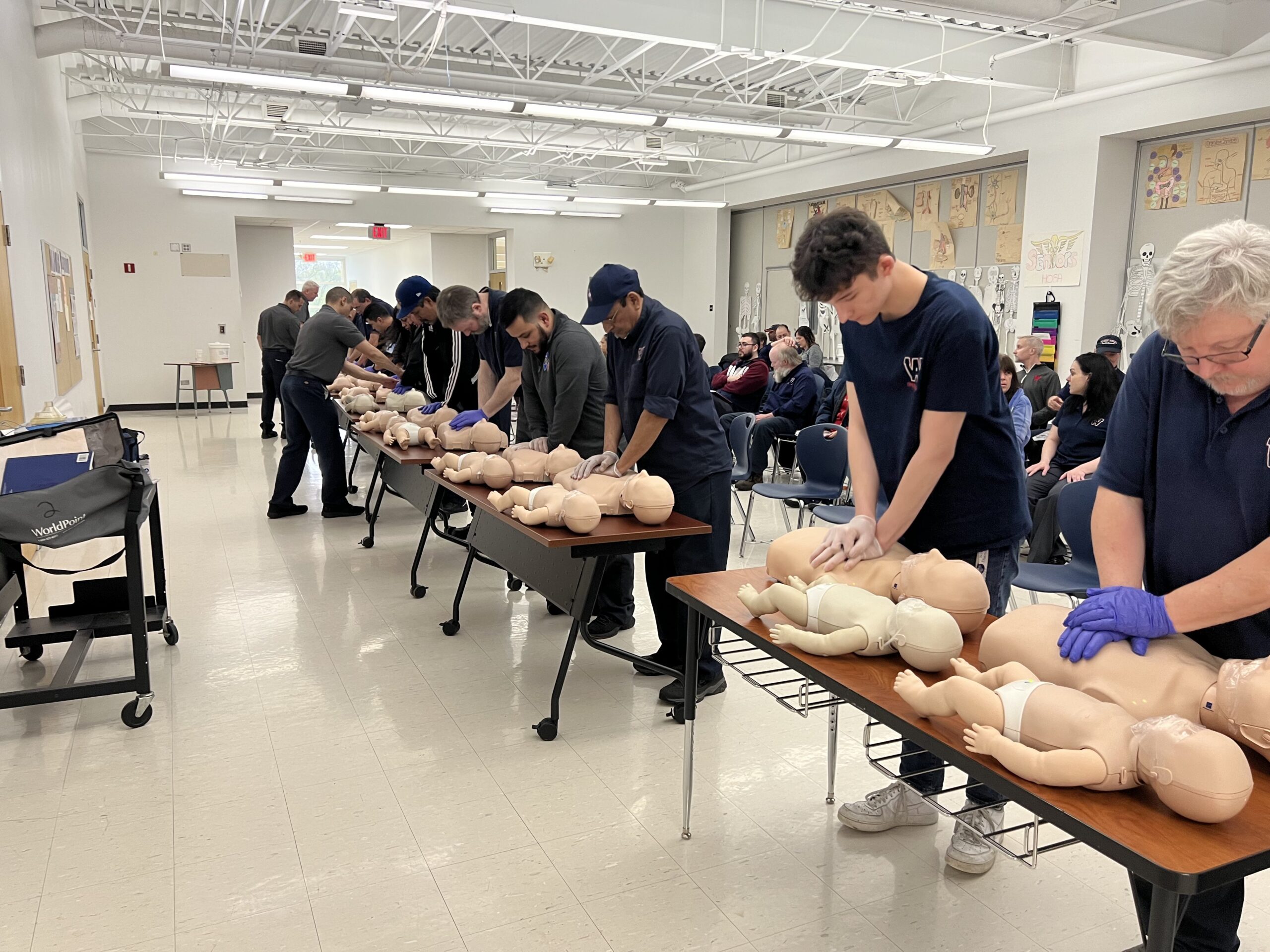
What Do You Need To Know About BLS Training/Class?
Training in BLS is a way to learn how to help people in an emergency. This training is good for health care workers and the general public. It covers things like basic first aid and advanced cardiac life support techniques.
BLS training is important because it teaches people to help others in an emergency. If someone falls in the street or gets hurt while hiking, you can help them until an expert’s help arrives.
BLS training can help improve patient results in high-risk situations. Other life-saving help can make a big difference in a victim’s chances of survival.
There are a lot of choices when it comes to taking a BLS class. You can sign up for a class through the Red Cross or another group in your area. You can also sign up for an online class. Make sure that AHA or another well-known group approves the program you choose. This way, you can be sure that you are getting high-quality training from experts.
If you want to learn how to save someone’s life, it is time to take this training course today. Search for “American heart association Bls classes near me” to find a certified group.
How To Undergo A BLS Training or Class?
BLS is a life-saving method that helps hold someone from dying. You need this training to learn how to help people in a risky situations. There are different ways to get training. You can get hands-on training from professionals at a hospital or clinic. You can also take a self-paced online course.
No matter which method you choose, it is important to ensure that your class is up to date. This way, you can act quickly in case of an incident.
There are various types of BLS-certified classes. You might want to take a CPR and first aid class if you are starting. Taking a more advanced class may be better if you have done this before.
You can take the BLS diploma classes at many state schools and even on the internet. Many providers also offer free online courses so you can start immediately. Before you sign up for a class, read the rules to ensure their classes meet your needs.
Once you’ve decided on the type of class you need, the next step is finding a provider in your area. Many ways help you start a career in this vital field.
After you finish the course and pass the final exam, you will get your certificate. You can use this certification to get a job in healthcare or any other field. This certification shows that you have the skills and knowledge to help people.
Talk to a medical provider or research the web if you want to learn more about BLS training.
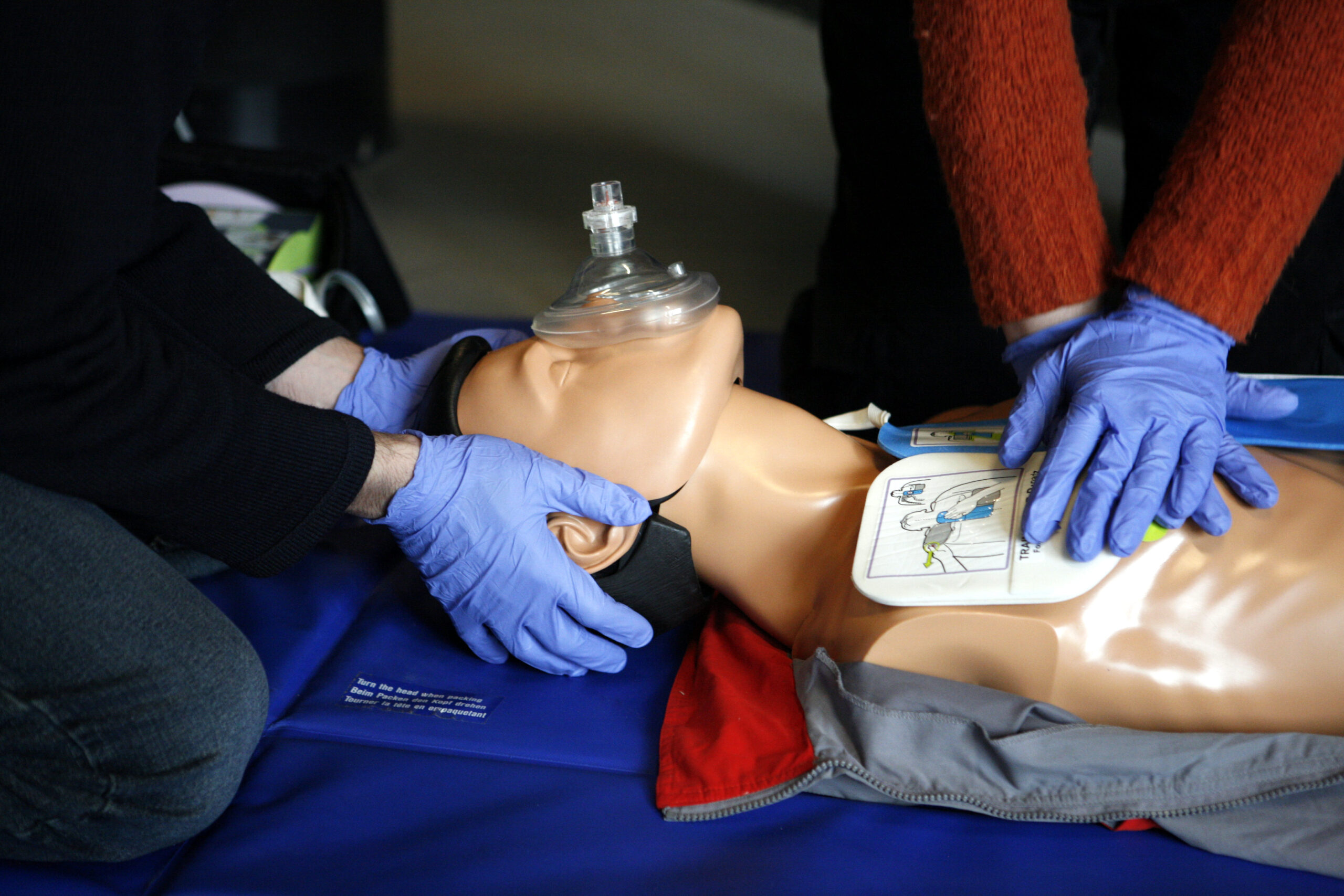
What Does The BLS Training Course Include?
There are both concept and practice lessons in the BLS course. Basic life support is taught during the lecture part of the training. It includes things like sudden cardiac arrest, choking, airway blockage, and how to do CPR. They also learn about common illnesses and injuries that may need BLS help.
Students will practice their new skills on actual patients during the practical part. Their instructors and peers provide feedback to help them improve their skills.
Here is the list of courses you can have in Illinois Safety
1. Life Support Skills
Basic life support is important to save a person’s life even if they do not have any medical training. These measures can help someone with a heart attack or who can’t breathe.
One of the most important things you can do to save someone’s life is to apply chest compressions. Using a lot of pressure on the person’s chest is very important. It will cause their heart to beat faster and their arteries to get smaller.
Basic life support includes artificial ventilation, defibrillation, and CPR. People need to get CPR if they can not breathe air. It is done by doing chest compression. If a person’s heart has stopped beating, you can use a device to shock it back to life with an electric charge. You can also help someone breathe easier by using artificial ventilation.
2. Airway Clearance
Airway clearing is an important skill for anyone who needs to help someone breathe. It can help patients take in more oxygen and even save their lives if they die from asphyxia. It can be hard to learn, but with some practice, it is possible.
There are many ways to clear your airways when working in the field. The head-tilt chin-lift method is one. People in this position have their chins pressed down, and their head is raised to see the epiglottis.
The epiglottis is a small structure that helps keep food from getting into your lungs. If possible, use a suction device to remove any blocks from the back of the patient’s throat. Pull the tongue out of their mouth with a finger.
You may use abdominal thrusts if someone is choking and you can not get the object out. The way to do this is to put your hands under their ribcage and lift them into the air. Afterward, press down five times a second until the object is removed. If their breathing is back to normal, then let go. During this process, keep an eye on their breathing. It is easy to overdo it and do something bad to them.
3. Adult And Infant CPR
CPR is a very important life-saving skill for both adults and infants. Knowing how to perform CPR can save a life in an emergency. CPR helps oxygenated blood get to the body and brain when normal circulation fails. CPR can keep organs working until emergency medics arrive.
You can learn CPR through the Red Cross, community organizations, and some workplaces. CPR classes are available for different types of people who need them. For example, some classes focus on CPR for adults and infants.
You can not do the same thing with adults and infants when they have a heart attack. To clear an infant’s airway, you will have to do things differently. An infant’s tongue might be getting in the way. When giving CPR to an infant, you must be very careful not to overwork them.
A heart attack is the most common reason for people to have a breathing problem. Many different things can cause this, like not eating right or having other health problems. Some less common reasons are physical trauma, electric shock, or near-drowning. When performing CPR on an adult patient, you need to follow the general guidelines.
4. AED Use For Adults And Infants
AEDs, or automated external defibrillators, help restart a person’s heart. They are used when a heart attack occurs. AEDs are very easy to use and don’t need a lot of training. But, there are some things you need to remember when using an AED on adults or infants.
Adults need more electricity to restart their hearts than babies do. When using AED on adults, it is important to follow the machine’s instructions as closely as possible. You should always use pediatric pads when you use an AED on infants. Pediatric pads are designed for smaller bodies, making them ideal for babies.
When you use the machine, you must follow all the directions. It will make sure that you are using it the right way. If you need to perform CPR while using the AED, keep doing so until the AED tells you to stop.
A defibrillator (AED) is a life-saving tool you can use in a heart attack. Learn how they work before you ever need to use one of these things!
Our course will cover:
- The basics of how AEDs work
- How to use an AED on an adult patient
- How to use an AED on an infant or child patient
- What to do if your patient requires CPR while you are using the AED on them
- Important safety considerations when using an AED
- How to maintain an AED and keep it in working order
Our course will give you the knowledge and confidence you need to use an AED in an emergency. Do not wait – enroll today!
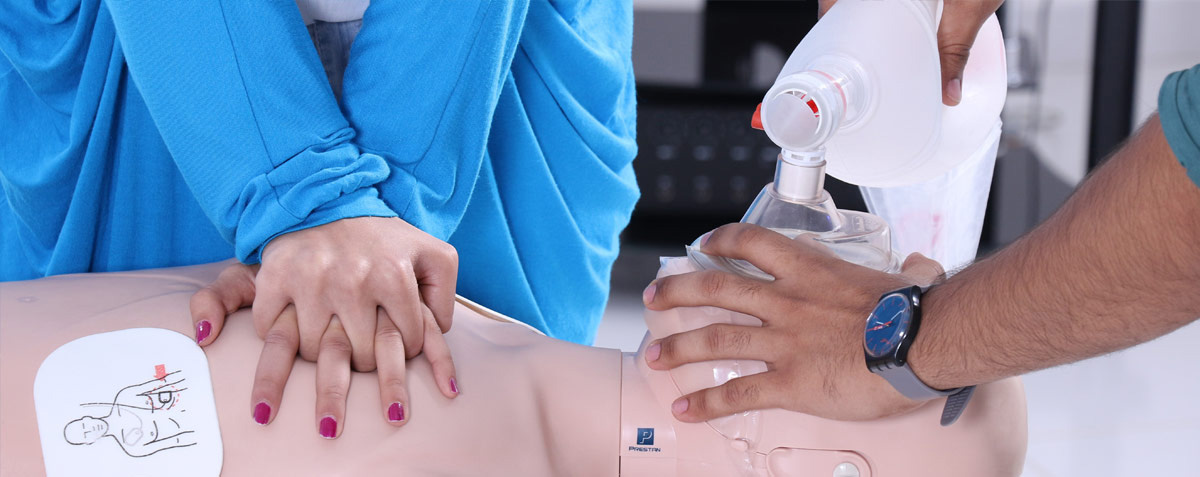
Can Anyone Take BLS Training?
BLS training is a requirement for many medical professionals. But, anyone can take the training if they are interested. By taking a course, almost anyone can learn CPR and how to use a defibrillator. This training will teach you the basics of what to do in an emergency when someone’s heart has stopped.
But, you must meet some requirements before you can register for BLS training. These include:
- You must be at least 14 years of age.
- You must have a valid CPR certification. If you do not have a CPR certification,
- You can take a course that will cover this material along with BLS training.
- You must have a basic understanding of first aid procedures.
Once you have met the requirements, you can register for BLS training. The duration of the course varies according to the provider. The course usually lasts between four and six hours. After completing the course, you will be issued a valid certificate for two years.
To remain valid, you need to have a BLS certification renewal every two years.
BLS Training Cost?
The costs of training depending on what kind of course you take. People may be able to take some courses for free, but others may charge a fee. There is a fee that usually depends on how many hours you take. For example, a six-hour course may cost $120.
The American Heart Association (AHA) offers different courses, from basic to more advanced. The cost of taking an AHA course varies depending on your course level. Other BLS training options can be found online or by contacting your local hospital. Some employers also offer BLS training for their employees. Our company offers payment options for you. Enroll now to get a class schedule!
There are many benefits to getting BLS training. This training can help you gain the skills and confidence to perform CPR in an emergency. Taking a class will help you meet your job requirements and move up in your career.
You must get trained in BLS to help save lives in an emergency. The cost of the training varies, but it is a valuable skill to have. If you are interested in taking a BLS course, look into accredited training providers.
About Illinois Safety
Our company is committed to promoting safety in the Chicagoland area. We offer different safety courses and programs to educate and empower people of all ages. Our courses cover fire safety, first aid, CPR, and home safety. We provide flexible pricing options so that you can find a solution that fits your budget.
We are an AHA BLS recertification for healthcare providers. Ready to learn more about us? Contact us today at (630) 290-4280 to speak with a member of our team. We look forward to serving you.
Illinois Safety Offers Classes As Follows:
Articles We've Selected for You:
Frequently Asked Questions
Basic life support is a collection of medical procedures provided to patients suffering from life-threatening conditions of the body that cause pain or dysfunction. All of these techniques are aimed at assisting patients or sustaining life until more precise medical treatment can be initiated.
This course aims to teach participants how to recognize life-threatening emergencies, perform high-quality chest compressions, provide appropriate ventilation, and use an AED as soon as possible.
Failure to inspect your surroundings for potential hazards. In an emergency, many people will panic around you. Use teamwork whenever possible. Concentrate solely on whatever task you are working on right now. Depth of compression and ratio are important factors to consider.
First responders, healthcare providers, and public safety professionals provide Basic Life Support (BLS) to anyone experiencing cardiac arrest, respiratory distress, or an obstructed airway.
It provides you with tools to keep the situation from worsening. In some cases, if a patient does not receive basic first aid care right away, their condition will rapidly deteriorate. You can stabilize a patient until emergency medical services arrive if you can provide basic care.
No, the class is not difficult; however, when compared to lay rescuer CPR & First Aid classes, there is more information covered and the skill requirements are slightly more technical.
Tip #1: Find the Best Training. Tip #2: Begin reviewing fundamental BLS information. Tip #3: Make a Question List. Tip #4: Research Key Terms. Tip#5: Take a Practice Exam. Set Yourself Up For Success.
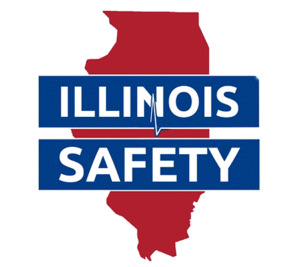
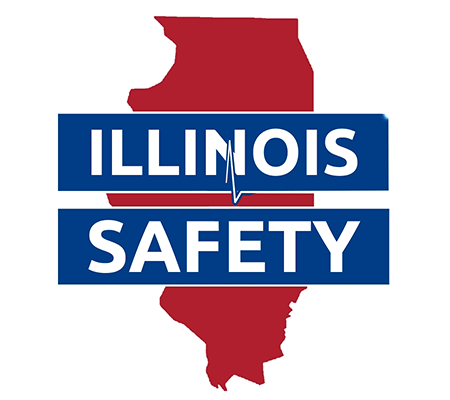
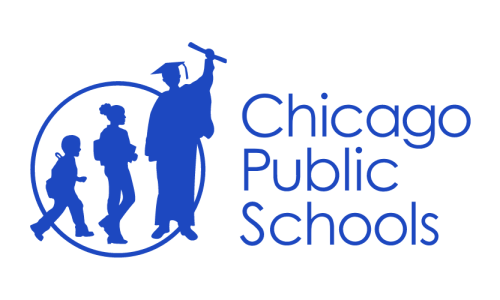


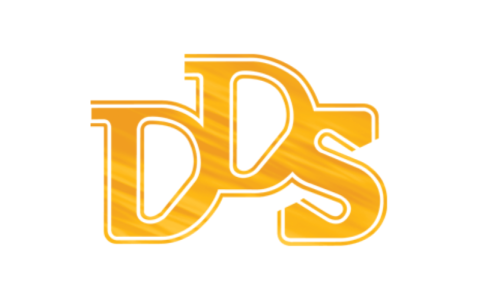
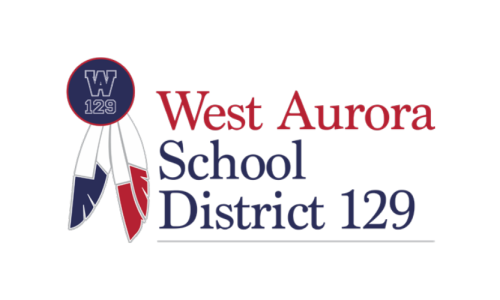

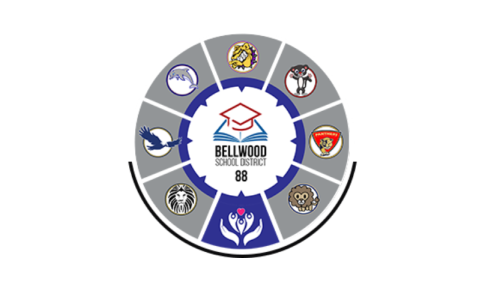
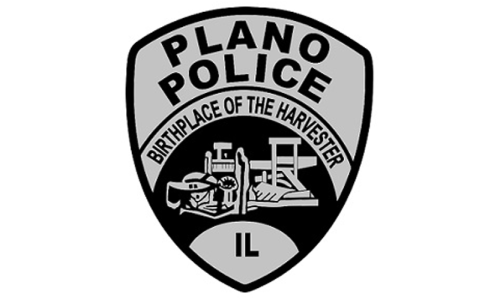
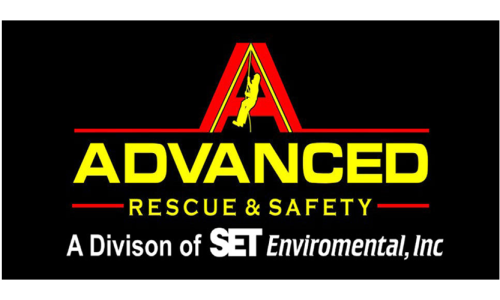
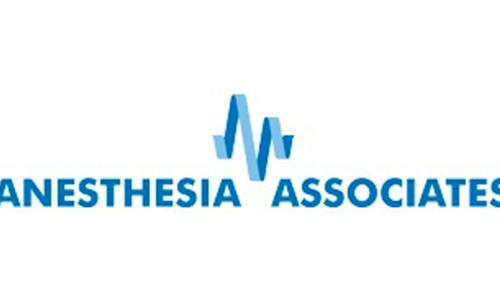
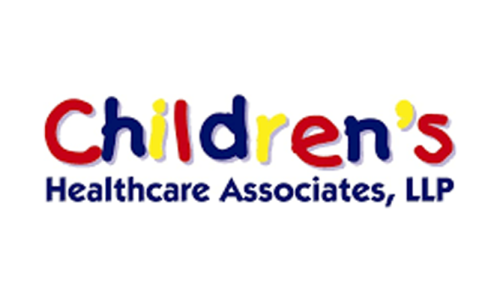
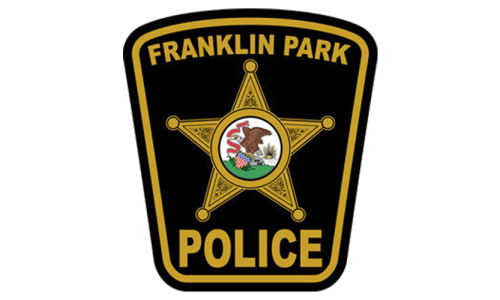


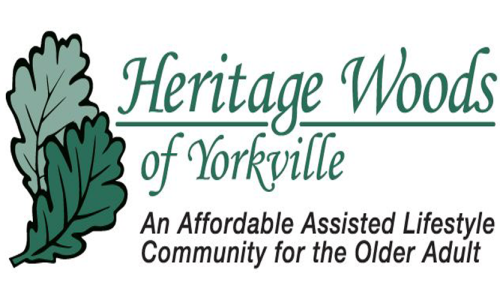
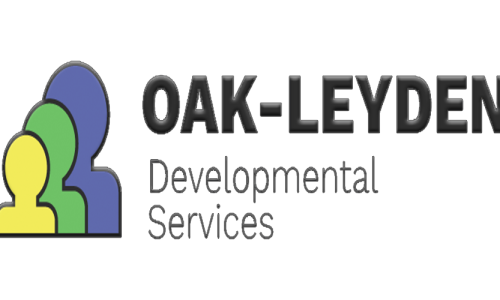
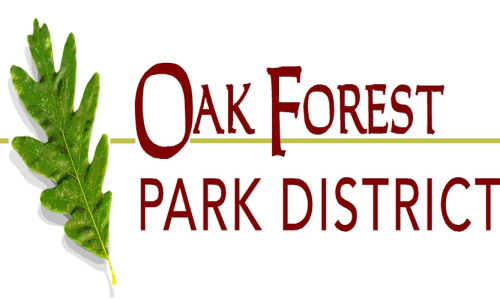

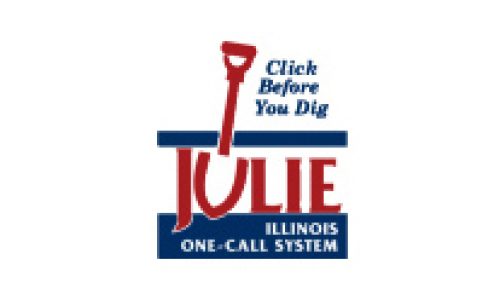


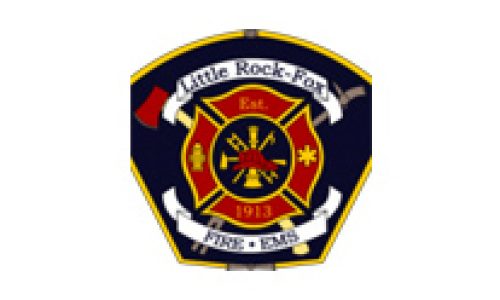
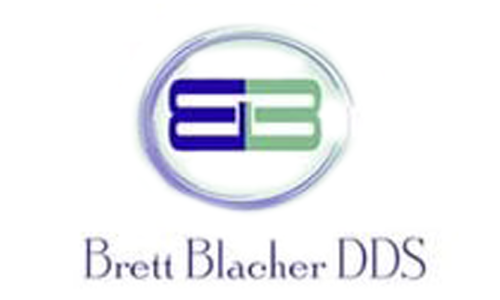
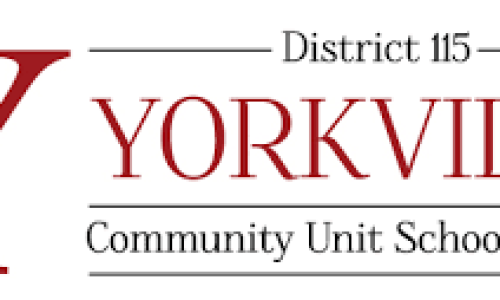

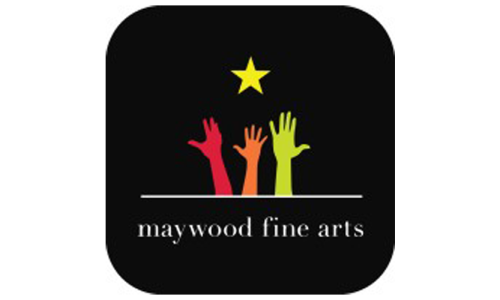


 Powered by
Powered by